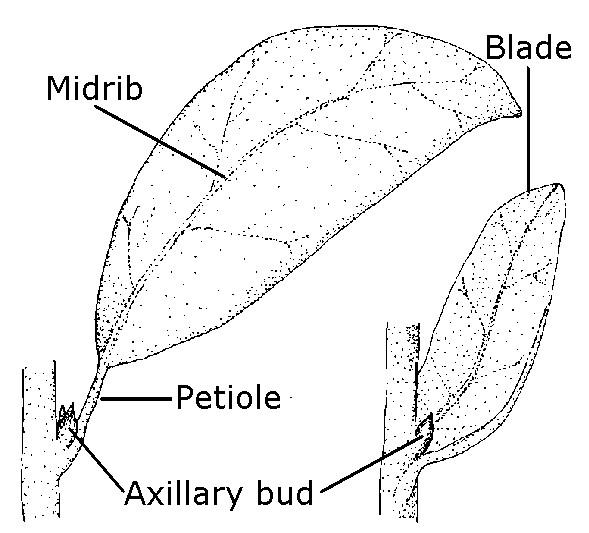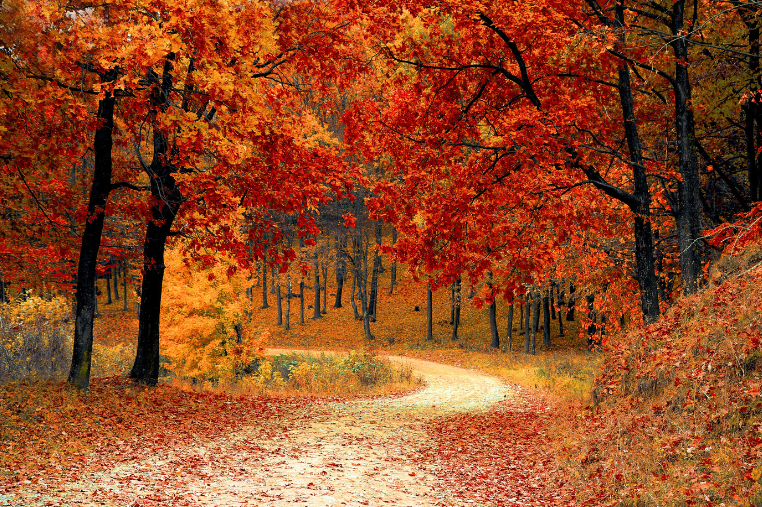Fall Color Cadenza
go.ncsu.edu/readext?894282
en Español / em Português
El inglés es el idioma de control de esta página. En la medida en que haya algún conflicto entre la traducción al inglés y la traducción, el inglés prevalece.
Al hacer clic en el enlace de traducción se activa un servicio de traducción gratuito para convertir la página al español. Al igual que con cualquier traducción por Internet, la conversión no es sensible al contexto y puede que no traduzca el texto en su significado original. NC State Extension no garantiza la exactitud del texto traducido. Por favor, tenga en cuenta que algunas aplicaciones y/o servicios pueden no funcionar como se espera cuando se traducen.
Português
Inglês é o idioma de controle desta página. Na medida que haja algum conflito entre o texto original em Inglês e a tradução, o Inglês prevalece.
Ao clicar no link de tradução, um serviço gratuito de tradução será ativado para converter a página para o Português. Como em qualquer tradução pela internet, a conversão não é sensivel ao contexto e pode não ocorrer a tradução para o significado orginal. O serviço de Extensão da Carolina do Norte (NC State Extension) não garante a exatidão do texto traduzido. Por favor, observe que algumas funções ou serviços podem não funcionar como esperado após a tradução.
English
English is the controlling language of this page. To the extent there is any conflict between the English text and the translation, English controls.
Clicking on the translation link activates a free translation service to convert the page to Spanish. As with any Internet translation, the conversion is not context-sensitive and may not translate the text to its original meaning. NC State Extension does not guarantee the accuracy of the translated text. Please note that some applications and/or services may not function as expected when translated.
Collapse ▲Cadenza – An exceptionally brilliant part of an artistic work. The mountains are so breathtakingly gorgeous, especially this Fall. How is it that these trees develop all these different colors? This year the reds are especially spectacular. Why is it that some years are more brilliant than others? Botany.
Fall leaf colors result from decreasing daylight, and cooler temperatures. These environmental triggers stimulate different things to happen in the leaves – the manufacturing processing floor of the plant – especially regarding chlorophyll.
 Water and nutrients are flowing up from the roots through the plant and into the leaves. This flow of nutrition is used to produce lots of different things including the pigment chlorophyll which is the green pigment the plant uses for photosynthesis, the process by which green plants and certain other organisms use the energy of light to convert carbon dioxide and water into the simple sugar glucose. It provides the basic energy source for virtually all organisms. An extremely important byproduct of photosynthesis is oxygen. Very handy if you want to keep breathing.
Water and nutrients are flowing up from the roots through the plant and into the leaves. This flow of nutrition is used to produce lots of different things including the pigment chlorophyll which is the green pigment the plant uses for photosynthesis, the process by which green plants and certain other organisms use the energy of light to convert carbon dioxide and water into the simple sugar glucose. It provides the basic energy source for virtually all organisms. An extremely important byproduct of photosynthesis is oxygen. Very handy if you want to keep breathing.
“How Stuff Works” feeds my curious mind. The mechanics of how fall leaf color happens is really interesting. The place where the leaf petiole meets the plant stem has cellular structures that get clogged up with materials that slow down the movement of water and nutrients going into the leaf and that slows down chlorophyll production.
Chlorophyll is a very active, “peppy” pigment that is on the move – it doesn’t stick around for very long. Without a strong flow of reinforcements from the nutrient flow the chlorophyll that is there in the leaf begins to fade. So the other pigments that are always in the leaf underneath the chlorophyll, like yellow and brown (xanthophylls), orange (carotenoids), are now more visible when they’re not overshadowed by the chlorophyll presence.
So where are all the red colors coming from? Anthocyanin, another pigment. The reds & purples are actually produced in the fall, not just hiding underneath chlorophyll throughout the year. Anthocyanins are produced in the leaf and exit through the petiole into the stem as opposed to the water and nutrients flowing up into the leaf. Think 2-way traffic lanes.
 So what is happening here to the traffic lanes? The abscission layer is starting to form. What? Let’s look a bit closer. The abscission layer is a layer of cork cells that form at the base of the petiole (the part that connects the leaf to the stem). As deciduous trees begin to get ready to drop their leaves the cells to the leaf-side of the cork layer break down and eventually the leaf falls off of the tree.
So what is happening here to the traffic lanes? The abscission layer is starting to form. What? Let’s look a bit closer. The abscission layer is a layer of cork cells that form at the base of the petiole (the part that connects the leaf to the stem). As deciduous trees begin to get ready to drop their leaves the cells to the leaf-side of the cork layer break down and eventually the leaf falls off of the tree.
As this abscission layer is building up, the sugars are getting backed up like a traffic jam – so a pool of sugar grows larger in the leaf. Anthocyanin is a sugar based pigment – more sugar means more red pigment during this fall process.
Night temperatures matter. When night temps get below 45 degrees – below 40 degrees even more so, that stimulates the conversion of the sugars into the red pigments. You can see the yellows and oranges first, then when we get some of the really cold nights like we’ve had, then bam – – reds show up everywhere on those plants that can make anthocyanin pigment. Warm sunny fall days, really cool nights and we get lots of fall color with lots of red pigmentation where we have trees and shrubs like dogwoods and high bush blueberries.
So the reds can get subdued and variable within a tree – if the leaves are dense and on top of each other they can provide an insulation factor – like a blanket so to speak when the temperature drops . It can actually look like the top leaf is imprinting on the one underneath it. There are other factors involved regarding sunlight, energy harvesting, natural sunscreen, etc… but that’s a plant geek story for another day.
In your garden you can make this ebb and flow of water and nutrients work for the fall color effect that you want to see. Plant choice matters. Choose plants that can make that red fall color – Japanese Maple, dogwood, burning bush euonymus, highbush blueberry, etc. Some plants can not produce the anthocyanins – they’ll go golden, but not red so it pays to do your homework.
Where you put the red producing plants matter. Where are the cooler spots in your garden? Low lying spots, or “frost pockets” are bad for fruit trees because frosts kill the blooms where the fruit comes from, but they’re good for fall color plants.
Final word – GET OUTSIDE AND ENJOY IT!




